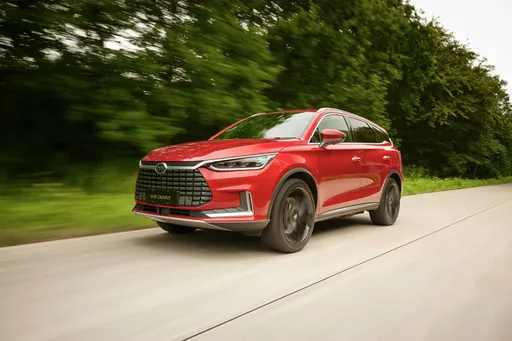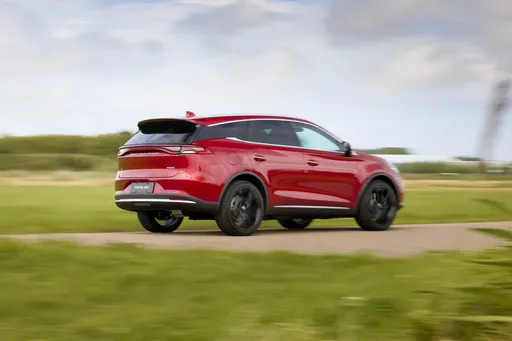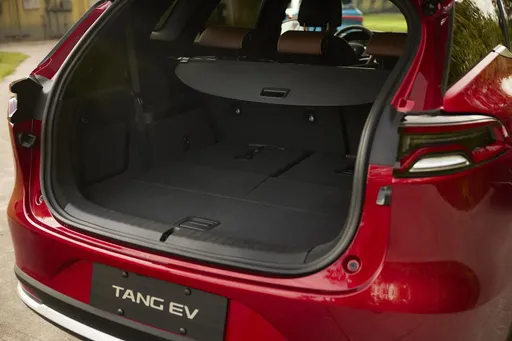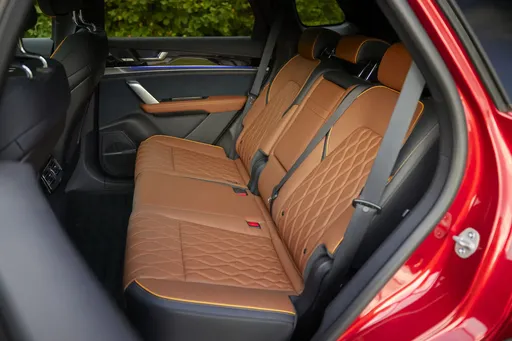Two Electric Titans: BYD Tang vs Tesla Model X
The electric vehicle market continues to evolve with rapid technological advancements and fierce competition. Two notable players in the SUV category, the BYD Tang and Tesla Model X, have garnered significant attention. As electric SUVs, they embody the future of automotive innovation while also differing in several technical aspects and driving experiences.





